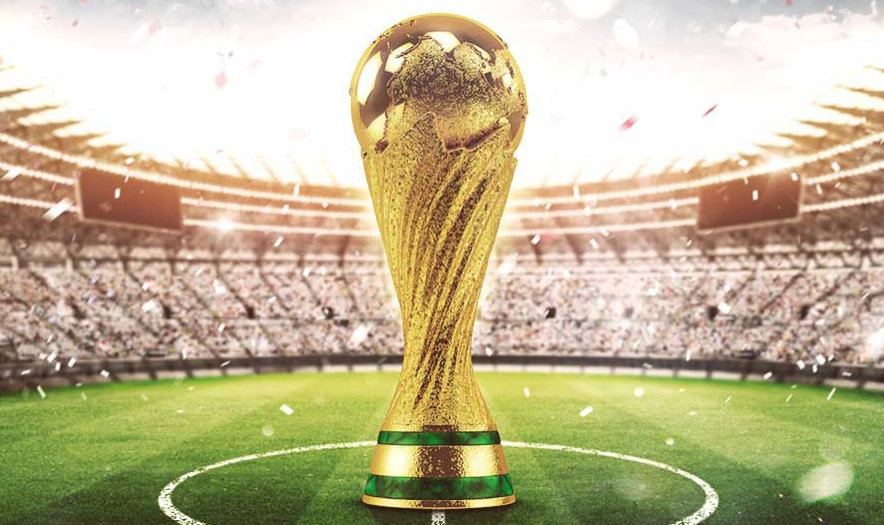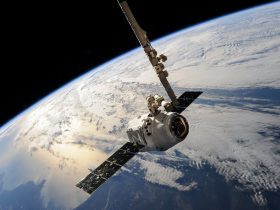
Every even non leap year is a year of great entertainment and excitement for many people all over the world. The reason is nothing but the holding of the FIFA World Cup. First started in 1930 as the Jules Rimet Trophy, the World Cup is still gaining growing popularity day by day. It is the only tournament of Football which is even watched by people who do not have much interest in sports. Apart from the tough competition and the struggle by various teams, one thing is very unique about the FIFA World Cup – the use of various technological features. Here are some of those tech features that are seen using and will be used in the upcoming World Cups.
Adidas Official Match Ball
Since 1970, Adidas has been supplying match balls for the World Cups. In the 2018 FIFA World Cup, Adidas had created the Telstar 18 for the Group Stage matches and Telstar Mechta for the round of 16, quarter finals, semi finals, the third place and the final. Both footballs had NFC chips embedded to communicate with electronic devices to ensure fair play like verifying if the ball had gone out of the line for a throw or a corner at times of arguments between teams.
Electronic Performance and Tracking Systems (EPTS)
The EPTS was first introduced in the FIFA World Cup 2018 Russia. It is a tablet-based information sharing system where each team can share valuable information with the team staff. Every team is supplied with 3 such tablets which are given to the analyzers one in the stands, one on the bench and another one with the medical team. Perhaps the introduction of the EPTS was the result of the brilliant result of the so-called underdogs outshining the reigning champions.
Video Assistant Referees (VAR)
This is another technological approach which was first used in the 2018 FIFA World Cup Russia. Apart from the referee, the linesmen and the fourth official, last time referees equipped with Video modes were present to view closely a decision given by the main referee on the field, especially the decisions regarding a red card, a penalty etc. If only this system was introduced earlier, the 1990 FIFA World Cup Final might have had changed.
Goal-line technology
This technology was first introduced in the 2014 FIFA World Cup Brazil. 14 cameras capture up to 500 frames per second and then the image is sent to the image processing system. The position of the ball is monitored and is sent to the referee’s watch. The referee gives the decision after checking whether the ball had crossed the Goal Line even in the aerial flight also. This was introduced after the controversial cancelling of Frank Lampard’s goal in the 2010 FIFA World Cup South Africa, against Germany leading to a 4-1 defeat of England.
Stadium Cooling Technology
This technology is first going to be used in the FIFA World Cup 2022 Qatar. Due to the harsh and extreme weather conditions in Qatar, the new stadium cooling feature is going to be introduced in the upcoming FIFA World Cup 2022 after passing the test with 48k fans at the Khalifa Stadium. The technology will bring down temperatures to 20 degree Celsius in the ground and 23 degree Celsius in the stands thus creating bearable conditions for both viewers and players.






Leave a Reply